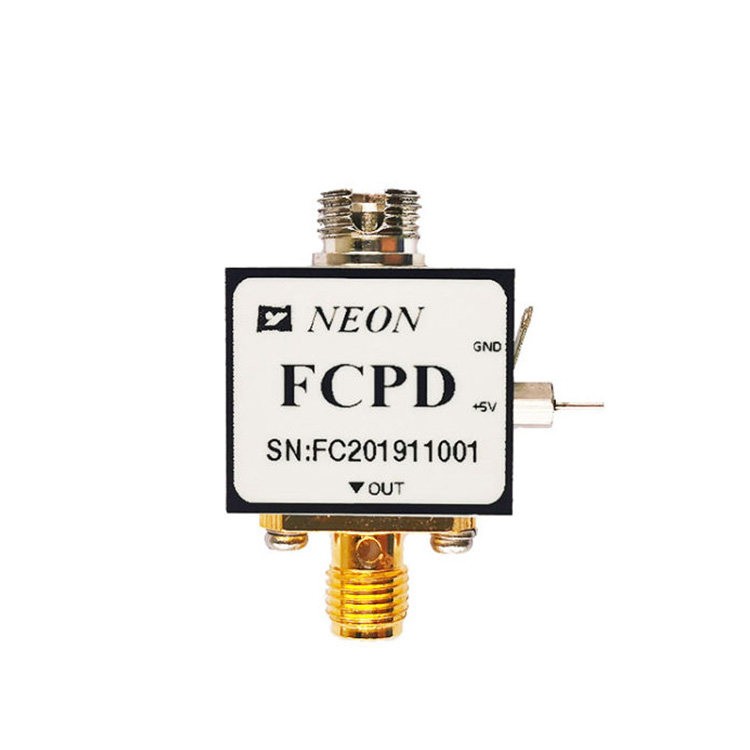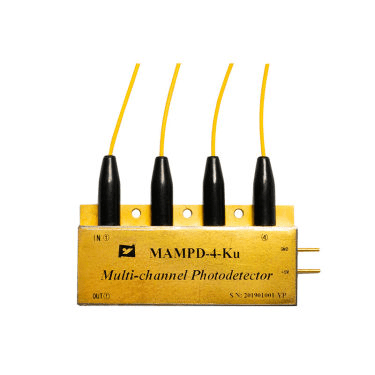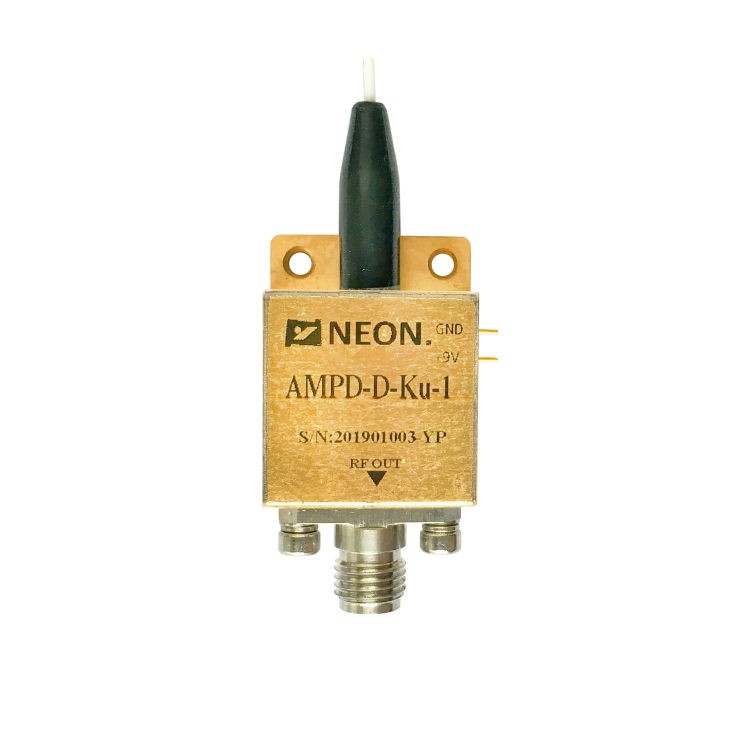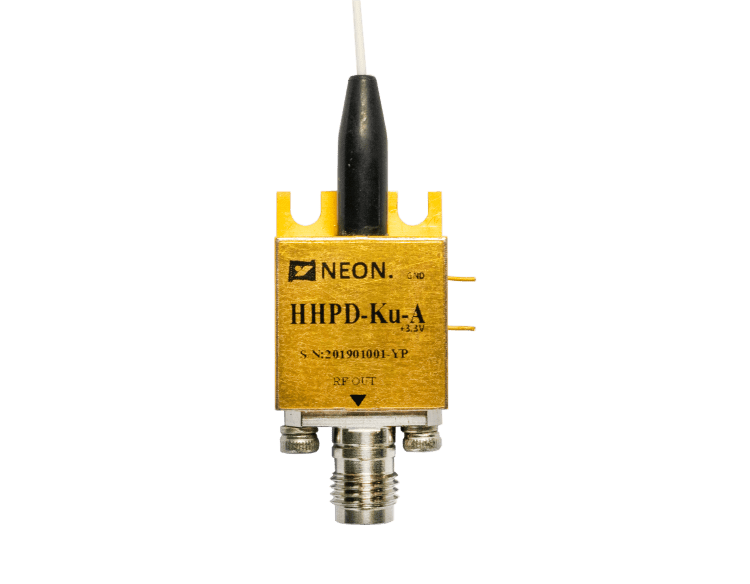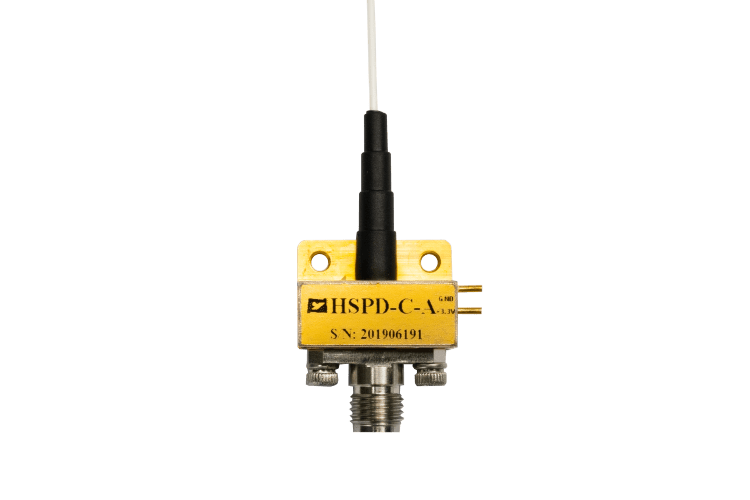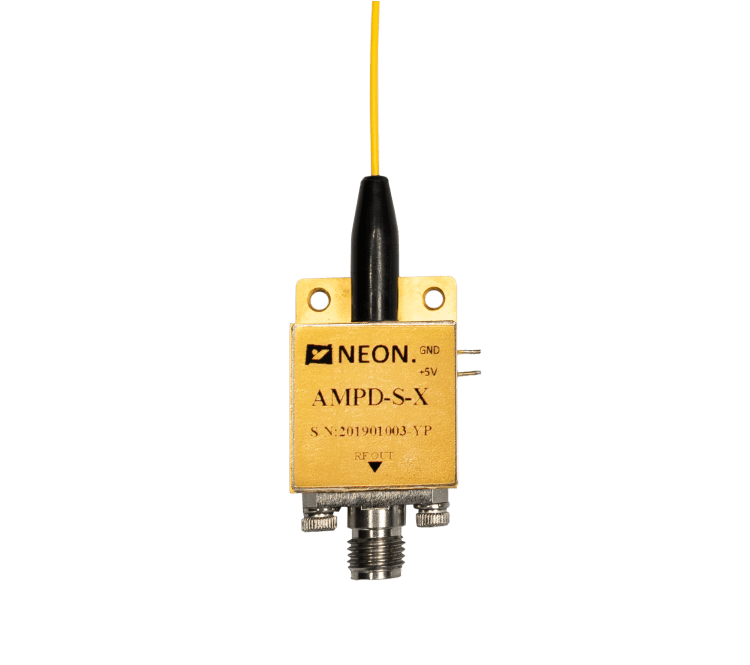How High-Speed Photodetectors Push the Limits of Light Detection?
High-speed photodetectors play a critical role in various technological advancements. These devices convert incoming light pulses into electrical current signals with exceptional speed. Sensitivity, the ability to detect faint optical signals, is paramount for these detectors. This article delves into the key factors influencing high-speed photodetector sensitivity and explores strategies to optimize it for superior performance.
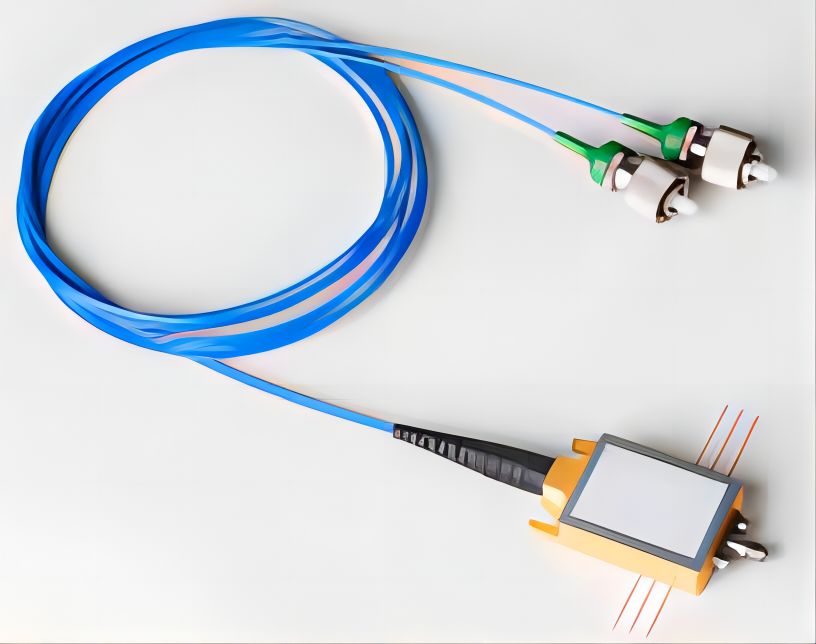
Understanding Sensitivity in High-Speed Photodetectors
Sensitivity, in the context of high-speed photodetectors, refers to the minimum amount of optical power a detector can reliably distinguish from inherent electrical noise. A highly sensitive detector can detect faint light signals with minimal distortion, enabling accurate signal processing and information extraction. Conversely, a detector with low sensitivity struggles to differentiate weak signals from noise, leading to inaccurate data or missed information.
The Two Pillars of Sensitivity: Quantum Efficiency and Noise
Two primary factors significantly influence the sensitivity of high-speed photodetectors: quantum efficiency and noise.
1. Quantum Efficiency
Quantum efficiency (QE) is a fundamental parameter quantifying a photodetector’s effectiveness in converting incoming photons (light particles) into electrical current. It is expressed as a percentage, indicating the ratio of generated electrons to the incident photons. A higher QE directly translates to a stronger electrical signal for a given light intensity, enhancing the detector’s sensitivity.
The choice of materials significantly impacts QE. Different materials exhibit varying absorption characteristics across the light spectrum. A material with a high absorption coefficient for the target wavelength range will have a superior QE for that specific range. For instance, silicon photodetectors demonstrate excellent QE in the visible and near-infrared regions due to their efficient absorption of photons within these wavelengths. Conversely, materials with lower absorption coefficients for the desired wavelength will result in a lower QE, hindering sensitivity.
2. Noise
While QE dictates the conversion efficiency of light to current, all photodetectors inherently generate electrical noise that can mask the weak signal from incoming light. This noise arises from various sources, ultimately compromising the detector’s sensitivity. Understanding these noise contributors is crucial for optimizing performance.
- Dark Current: This is a leakage current that flows within the detector even in the absence of light. It arises from thermally generated electrons within the material and can obscure the weak photocurrent generated by faint light signals. Cooling the detector significantly reduces dark current, leading to improved sensitivity.
- Transimpedance Gain: To amplify the weak photocurrent for easier processing, high-speed photodetectors often employ a transimpedance amplifier. While this approach strengthens the desired signal, it also amplifies any existing noise within the system. Finding the optimal balance between gain and noise becomes critical. Utilizing low-noise amplifiers and optimizing the gain level can help mitigate noise amplification while maintaining adequate signal strength.
- Bandwidth: High-speed photodetectors are designed to respond to light signals within a specific frequency range, characterized by their bandwidth. A wider bandwidth allows for faster detection of signal variations but comes at the cost of increased noise. Higher frequency components within the noise spectrum are also captured by a wider bandwidth, potentially masking the desired signal. Careful consideration of the application’s required speed and the trade-off with noise contribution from bandwidth limitations is essential.
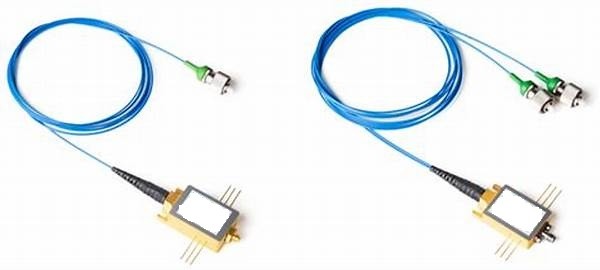
Optimizing for High Speed Photodetector Performance: Strategies to Enhance Sensitivity
Understanding the factors influencing sensitivity empowers us to implement strategies for optimization. Here, we explore approaches to improve both QE and minimize noise:
- Material Selection and Design: Selecting materials with a high absorption coefficient for the target wavelength range is the primary approach to enhance QE. Additionally, optimizing device design through techniques like anti-reflection coatings can further improve light absorption and boost QE.
- Temperature Control: Employing low-temperature operation significantly reduces dark current, leading to a cleaner signal and improved sensitivity. This can be achieved using thermoelectric coolers (TECs) to actively cool the detector. However, implementing TECs adds complexity and cost to the system.
- Advanced Amplifier Techniques: Utilizing low-noise amplifiers specifically designed for high-speed photodetectors can minimize noise amplification while providing adequate gain. Additionally, exploring techniques like trans-impedance amplifier design with noise reduction features can further enhance sensitivity.
- Bandwidth Optimization: Depending on the application, tailoring the detector’s bandwidth to the required signal frequency range can help mitigate noise from unwanted higher frequencies. This approach involves selecting a detector with an appropriate bandwidth or potentially employing filtering techniques to limit the bandwidth electronically.
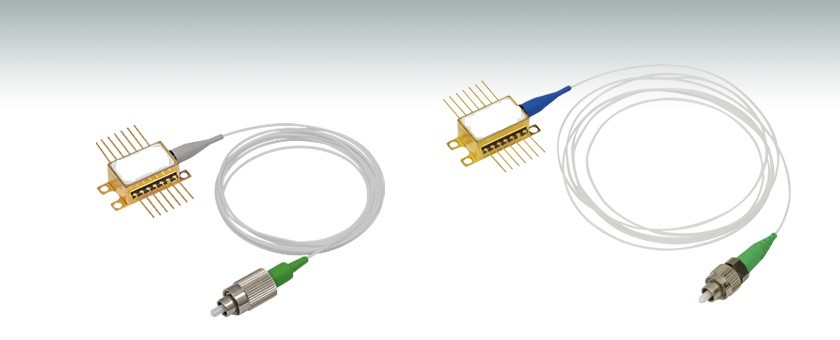
Applications of High-Sensitivity Photodetectors
High-sensitivity photodetectors find applications in various fields where detecting faint optical signals is critical. Here are a few prominent examples:
- Optical Communication Systems: High-speed data transmission through optical fibers relies on photodetectors to convert received light pulses into electrical signals for processing. High sensitivity is essential to recover weak signals that have traveled long distances through the fiber, ensuring reliable data transmission.
- Biomedical Imaging Techniques: Techniques like optical coherence tomography (OCT) utilize high-speed photodetectors to image biological tissues with high resolution. Sensitivity is paramount in OCT for capturing faint backscattered light from within the tissue, enabling detailed visualization of cellular structures.
- Free-Space Optical Communication: Transmission of data through the atmosphere using lasers requires sensitive photodetectors to receive the weakened signal at the receiving end. High sensitivity allows for reliable communication over longer distances despite atmospheric attenuation.
Continuous Development in High-Speed Photodetector Sensitivity
The quest for ever-increasing sensitivity in high-speed photodetectors remains an active area of research and development. Here, we explore some promising avenues for future advancements:
- Advanced Material Development: Research into novel materials with superior light absorption properties specifically tailored for high-speed applications is ongoing. Materials like graphene and nanostructured semiconductors hold promise for achieving even higher QE across various wavelengths.
- Integration with on-chip electronics: Integrating high-speed photodetectors with on-chip electronic circuitry offers several advantages. Miniaturization of the entire system can be achieved, and close integration with processing electronics can potentially reduce noise and improve overall performance.
- Novel Detector Architectures: Exploring new detector architectures beyond conventional designs is another promising approach. Avalanche photodiodes (APDs) offer internal gain for improved sensitivity, but trade-offs exist regarding noise and linearity. Exploring alternative designs like single-photon avalanche diodes (SPADs) or integrating waveguides with detectors can potentially overcome these limitations.
- Computational Imaging Techniques: Emerging computational imaging techniques can play a role in enhancing the effective sensitivity of photodetectors. By employing advanced algorithms to process data from the detector, these techniques can potentially extract weak signals from noisy environments, further improving the overall sensitivity.
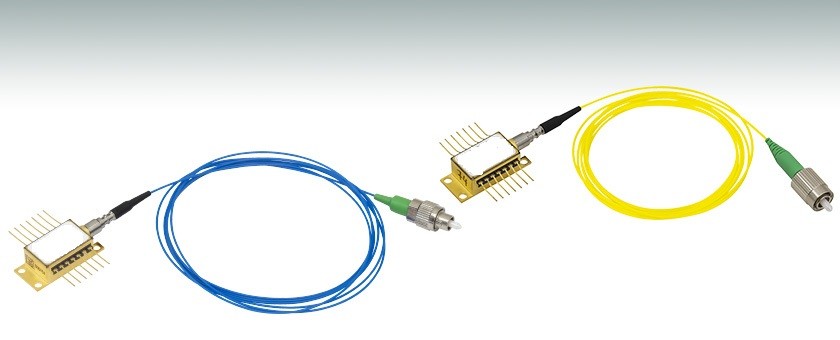
Conclusion
High-speed photodetector sensitivity is a crucial performance parameter for various applications. By understanding the key factors influencing sensitivity, such as quantum efficiency and noise, and implementing strategies for optimization, we can achieve superior performance. Continuous research and development in material science, device integration, and novel architectures promise to push the boundaries of sensitivity even further, enabling advancements in optical communication, biomedical imaging, and other fields that rely on the detection of faint light signals.


